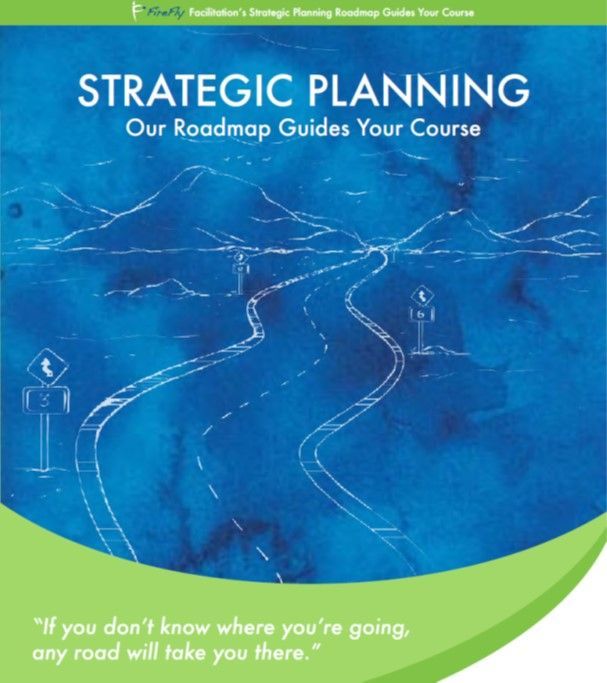Effective Change Communications...Tip #2: Clarify the behavioral changes you expect to see.
Do your employees know what you expect them to do in support of the change?
In my last post on effective change managementcommunications, I focused on Tip #1 – being clear about the “why” message ofthe change, how to “sell the problem beforeyou sell the solution” (thank you, William Bridges ) .
Now, how do you know if your change message is gettingthrough? You can’t see a change of mindset; you can only see changed behavior. Does leadership know what old behaviors they expect their employees to leavebehind…and what new behaviors they expect them to adopt?
I have taken many change leadership teams through this veryexercise – and it is always enlightening. Oftentimes, they are not really clearon what they are expecting their employees to do differently to demonstratetheir support for the change.
For example, if we say we want our people to be more “innovative”or more “customer focused”, what does that specifically look like, behaviorally-speaking?For innovation, I often tell teams to “look for the second right answer” to theproblem they are trying to solve. Don’t go with your first instinct or the easyanswer. For customer focused, perhaps we now expect someone will respond to a customerrequest or complaint within 12 hours.
This makes it measurable and visible – and thus you can holdpeople accountable for living up to these behavioral expectations. I alwayssay, “accountability holding is a whole lot easier if you do a really good jobwith accountability setting”.
And if you have people in the organization who are notliving up to these behavioral expectations (in spite of your training and yourcoaching), you can help them to move on with dignity, knowing that you haveclearly communicated the why of the change and the behaviors expected.






